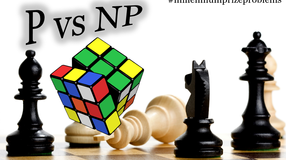Hemostasis: The Coagulation Cascade
- YouWei
- Nov 9, 2017
- 2 min read

This supplemental section is added to the site as a separate post because the previous one, Hematology, was already too long. Hemostasis, the process of stopping the flow of blood, is an important mechanism, and is definitely worth mentioning.
Three things happen when a blood vessel ruptures:
Vascular spasm (vasoconstriction)
Formation of platelet plug
Coagulation (Clotting)
A damaged blood vessel immediately constricts. This is caused by a paracrine secreted locally from the endothelial lining of the injured vessel. Blood flow is slowed and hence blood loss is minimised.
The damaged vessel walls also release a substance, known as von Willibrand Factor, which activates the platelets in the bloodstream. Activated platelets will sprout tendrils, and adhere to each other. They will aggregate at the site of injury, trapping other formed components of the blood in the process, stemming bleeding.
The final step of this is the coagulation process. This is tricky because it has to happen quickly and efficiently when needed, but yet cannot be triggered large scale on accident. As a result, many clotting factors are involved in this process, and they can be summarised in this diagram below:

The features shown in blue are the factors and processes that are necessary for coagulation, and the names of some of the more important factors.
Those shown in red are the names of the extra factors.
Yellow indicates the deficiency disease.
Green indicates the pathway.
The two main pathways (intrinsic and extrinsic) of initiating coagulation eventually combine at factor X to carry on the combined pathway. The intrinsic pathway is so named because all the factors that take part in this pathway are already present in the blood. At the start of the intrinsic pathway, factor XII is activated by the presence of negatively charged surfaces, like glass or other foreign substances.
In contrast, in the extrinsic pathway, factor III did not previously exist in the blood, and only triggers the activation of factor VII and factor X upon contact, like when the blood comes into contact with endothelial tissue outside the vessel.














Comments